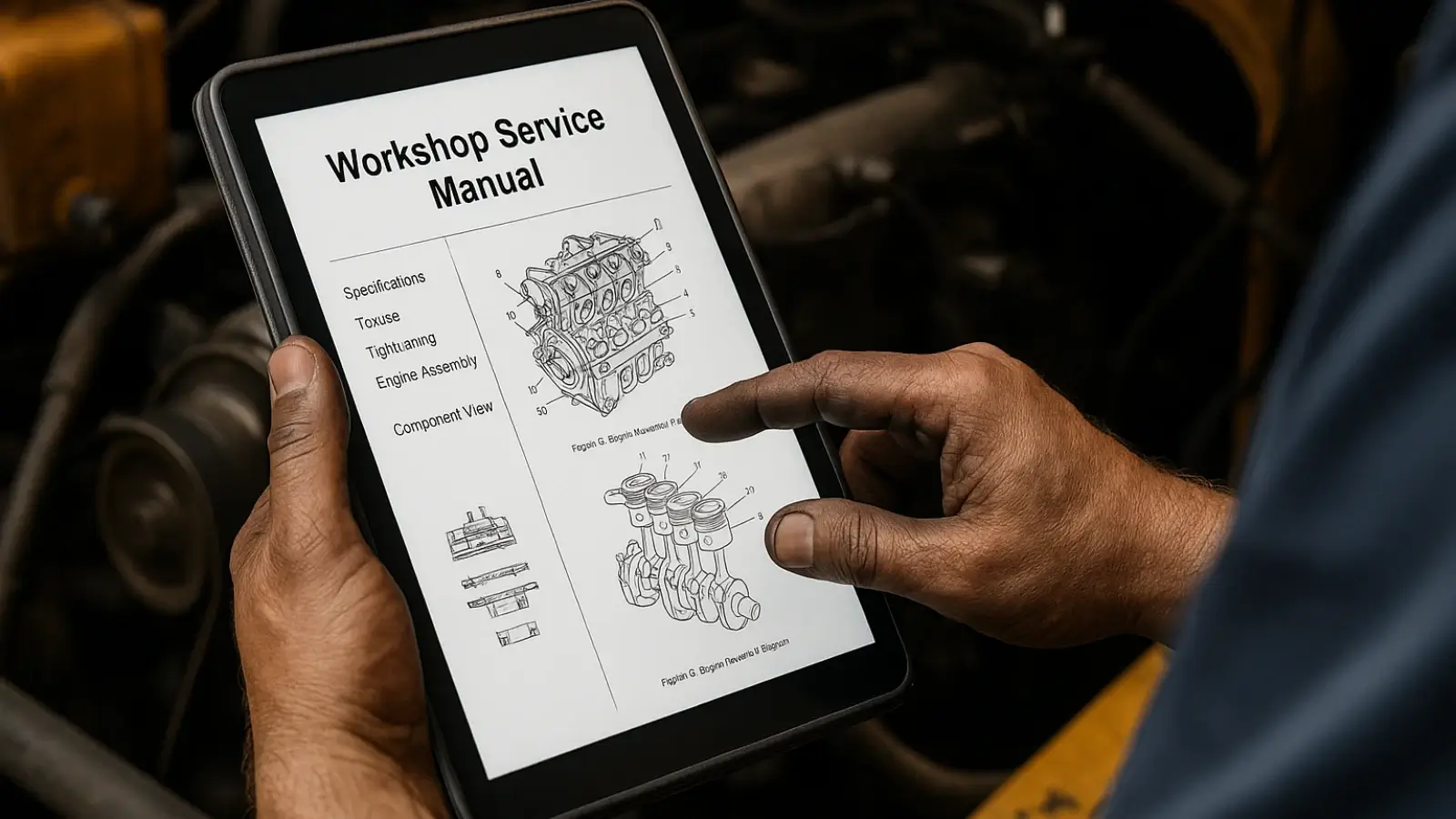
Cutting Costs with Metal 3D Printing: Real-World Examples

In today’s competitive manufacturing landscape, companies are under constant pressure to innovate faster, reduce waste, and stay cost-efficient. One of the most transformative solutions gaining momentum across industries is metal 3D printing. By leveraging a metal 3D printer, manufacturers can produce intricate parts with unprecedented precision and minimal waste—while slashing both time and cost.
Gone are the days when 3D printing was limited to plastic prototypes. Metal 3D printing is now being used to create everything from aerospace brackets and automotive tooling to dental implants and research components. Let’s explore how different sectors are embracing this technology to dramatically cut costs.
1. Aerospace: Cutting Material Waste and Weight
The aerospace industry deals with complex, lightweight parts made from expensive metals like titanium, Inconel, and aluminum. Traditional subtractive methods—like CNC machining—often result in significant material waste, sometimes discarding more than 70% of the raw block to shape a single part.
💡 Metal 3D Printing Advantage:
- Additive Manufacturing uses only the material needed.
- Topology Optimization allows parts to be redesigned for minimal weight and maximum strength.\
- Reduces multi-part assemblies into a single printed component, lowering assembly time and risk.
✈ Real-World Example:
Airbus transitioned several structural components—like engine brackets and cabin supports—to metal 3D printed versions. This shift reduced part weight by up to 55% and cut raw material waste by over 80%, leading to lower fuel consumption and cost savings in the long run.
2. Automotive: Speeding Up Prototyping and Tooling
Automakers must iterate quickly to remain competitive. Whether it’s tooling for the factory floor or end-use parts for concept vehicles, time-to-market is crucial.
🔧 Metal 3D Printing Advantage:
- Custom fixtures, jigs, and tooling produced in days instead of weeks.
- Complex geometries that are impossible to machine can now be printed.
- Reduced labor and post-processing time.
🚗 Real-World Example:
BMW Group has integrated metal 3D printers into their production of tooling components. One specific tooling part that previously took 6 weeks to produce was printed in just 5 days using Direct Metal Laser Sintering (DMLS). This led to a 58% reduction in lead time, lower labor costs, and quicker turnaround for new model launches.
3. Dental and Medical: Personalized Parts at Scale
The healthcare sector—especially dentistry—is experiencing a revolution thanks to metal 3D printing. Every patient is unique, and traditional methods for implants or crowns are slow and expensive.
🦷 Metal 3D Printing Advantage:
- Rapid customization of dental crowns, bridges, and implants.
- Ability to batch-produce hundreds of unique units in one build.
- Higher precision and better fit for patient-specific anatomy.
🏥 Real-World Example:
Dental labs around the world are using compact LPBF metal 3D printers to produce up to 500 crowns and bridges per day. Compared to milling or casting, these printers reduce waste, increase consistency, and drop per-unit costs by over 40%.
4. Industrial Manufacturing: No More Expensive Tooling
One of the biggest barriers to launching new products is the cost of molds and dies. For low-volume or custom components, the cost of tooling often outweighs the product’s value.
⚙️ Metal 3D Printing Advantage:
- Eliminates the need for molds and dies for small batches.
- On-demand production reduces inventory costs.
- Speeds up design iterations and testing.
🔩 Real-World Example:
General Electric (GE) has famously used metal 3D printing to redesign and produce the LEAP engine fuel nozzle. What was once 20 separate parts is now one unified printed piece—five times stronger, 25% lighter, and produced at 30% lower cost.
5. Research & Education: Cost-Efficient In-House Prototyping
For research labs, universities, and small startups, outsourcing metal part production is costly and time-consuming. Desktop metal 3D printers now allow these institutions to bring manufacturing in-house.
🔬 Metal 3D Printing Advantage:
- Open-parameter systems enable material experimentation.
- No need for high-volume orders or external quotes.
- Maintains IP confidentiality by keeping prototypes internal.
🧪 Real-World Example:
University research labs are adopting affordable, compact metal 3D printers starting at around $59,000. Labs working on material R&D or aerospace prototyping have cut outsourcing expenses by over 70%, while speeding up development cycles significantly.
6. Energy Sector: Printing Spare Parts On-Demand
Oil & gas and energy companies often operate in remote locations where spare parts can take weeks to ship. Downtime in this industry is extremely costly.
⚡ Metal 3D Printing Advantage:
- On-site or local printing of spare parts reduces wait time.
- Legacy parts that are no longer in production can be recreated from 3D scans.
- Reduces warehouse storage needs for spare components.
Real-World Example:
An energy company deployed a metal 3D printer to a regional service center to print impellers and valve parts on demand. The result? A 70% reduction in downtime and cost savings of over $300,000 annually in logistics and part procurement.
Conclusion: Smarter Manufacturing Starts with Metal 3D Printing
From billion-dollar enterprises to small R&D teams, organizations across the board are turning to metal 3D printing to unlock faster innovation and lower operational costs. With applications in prototyping, tooling, production, and spare parts, the return on investment in a metal 3D printer is becoming undeniable.
As this technology becomes more accessible and affordable, it’s no longer a luxury—it’s a competitive advantage.
















